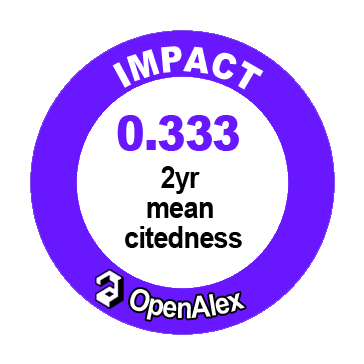Strategic Capital Allocation, Innovation Intensity, and Market Valuation Dynamics: Evidence from Vietnam's Transitional Economy
DOI:
https://doi.org/10.55220/25766759.487Keywords:
Innovation intensity, Market valuation, Strategic capital allocation, Transitional economy, Vietnam.Abstract
This study investigates the intricate relationships between strategic capital allocation decisions, innovation intensity measured through research and development expenditure, and market valuation dynamics within Vietnam's rapidly evolving transitional economy. Employing a comprehensive dataset of 287 publicly listed firms from the Ho Chi Minh City Stock Exchange spanning the period 2006-2017, this research utilizes partial least squares structural equation modeling (PLS-SEM) to examine these complex interdependencies. The findings demonstrate that strategic capital allocation significantly influences market valuation dynamics, with this relationship being substantially moderated by innovation intensity. Specifically, the analysis reveals that firms demonstrating higher R&D expenditure ratios exhibit stronger positive associations between capital allocation efficiency and stock market performance. Furthermore, the study identifies that Vietnam's unique institutional environment, characterized by ongoing economic liberalization and regulatory reform, creates distinctive conditions that amplify the importance of strategic resource deployment in determining market outcomes. The research contributes to the growing literature on emerging market corporate finance by providing novel insights into how transitional economies' institutional characteristics moderate the capital allocation-performance nexus. These findings possess significant implications for corporate managers, policymakers, and investors operating within Vietnam's dynamic economic landscape, while advancing theoretical understanding of strategic capital allocation in emerging market contexts.





